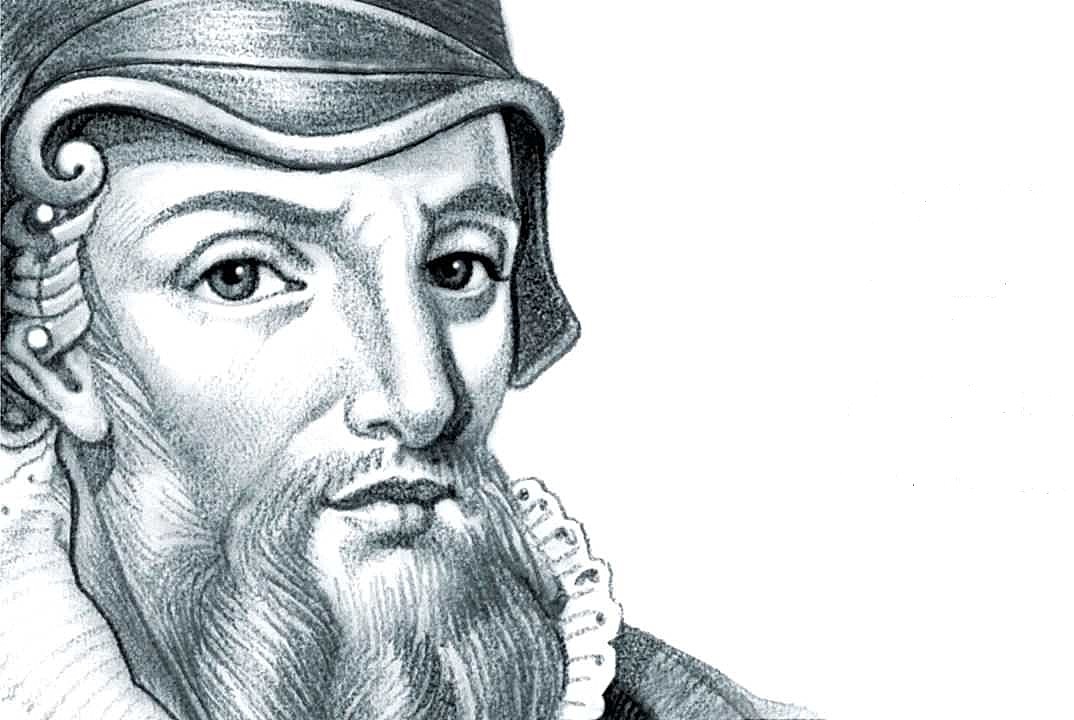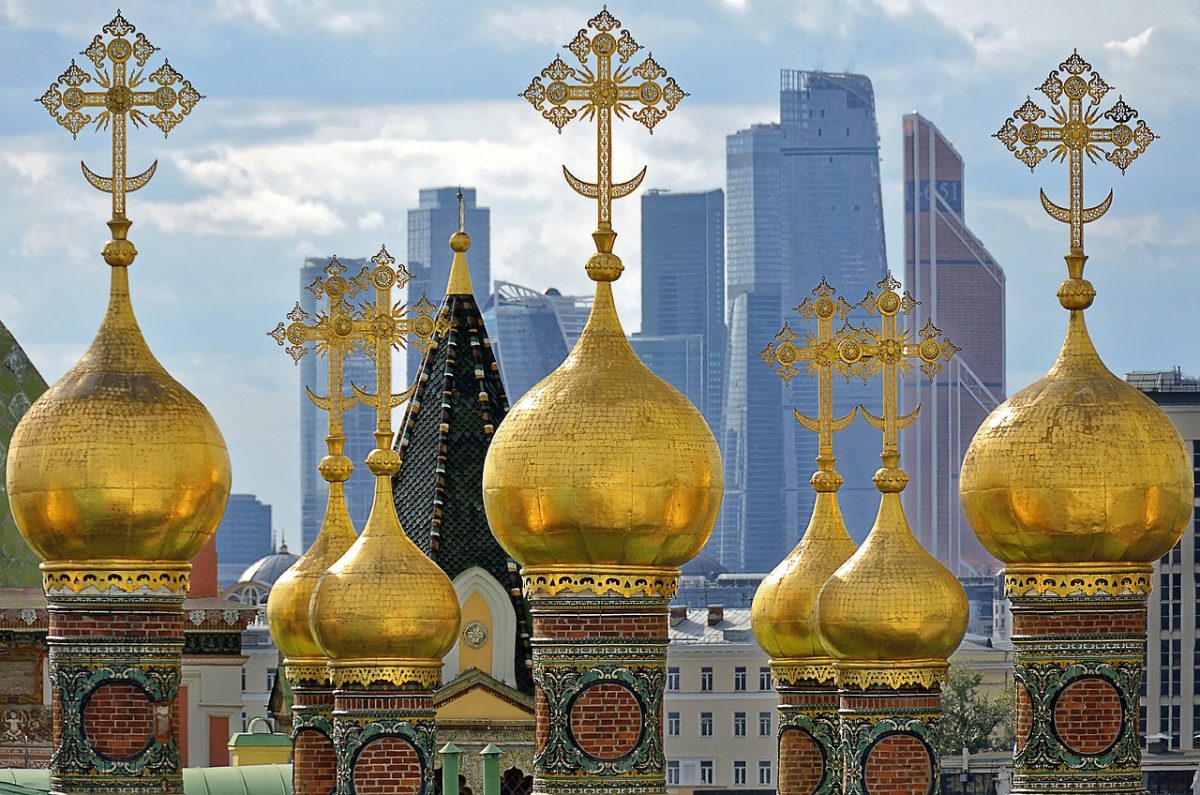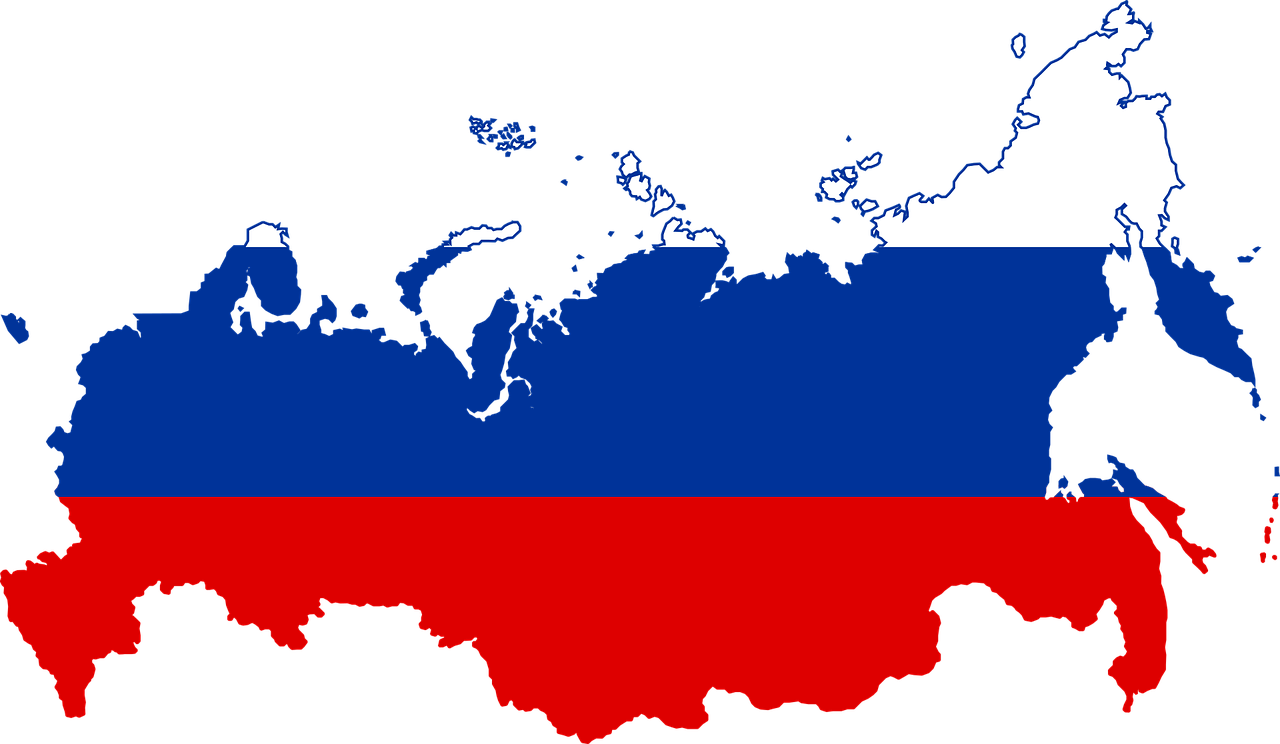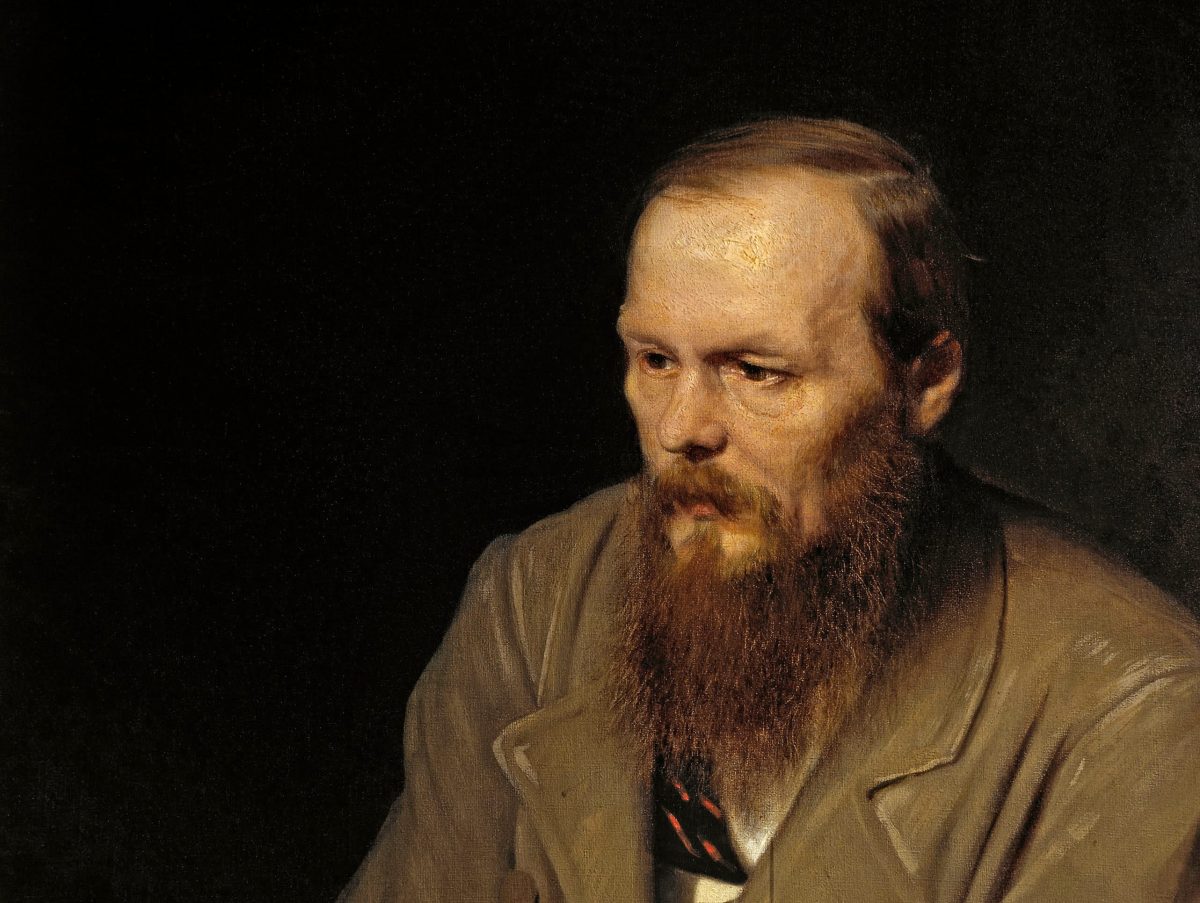The Portuguese explorer, Pedro Álvares Cabral, discovered Brazil. He was born in Belmonte between 1460 and 1470 and died in Santarém in 1520. He was attached to the courts of King John II and King Manuel I. As a person of the king’s confidence, and within the policy of expansion and settlement in the East, he was entrusted with an armada, which left on 8 or 9 March 1500, from Lisbon to India.
A few months after Vasco da Gama arrived from India, and according to the information he had given the Portuguese king, a new armada was prepared with orders to wage war if necessary and establish commercial relations in the region. Pedro Álvares Cabral commanded thirteen ships with about 1200 men.
Purposely or due to a storm, the navy made a greater deviation to the west, and on April 22, 1500, was seen terra firma. Pedro Álvares Cabral ordered the return to Portugal of a ship with the famous “Carta de Pero Vaz de Caminha a El-Rei D. Manuel I”, reporting the discovery of the Land of Vera Cruz (later called Brazil).
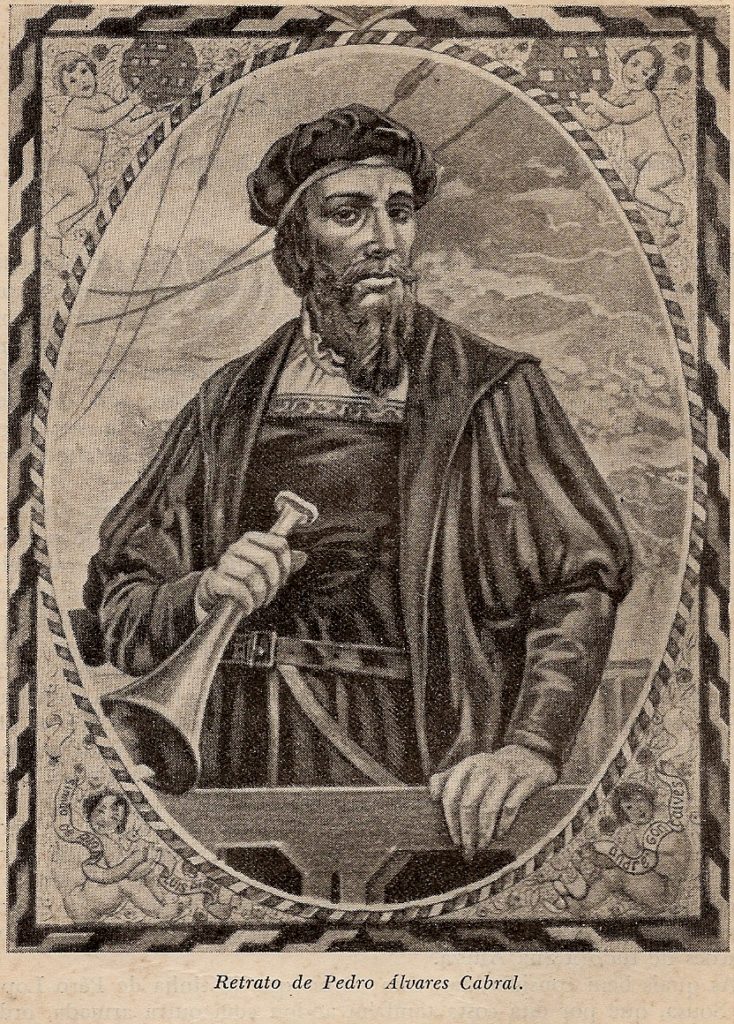
This discovery and control of the Brazilian coastline will become critical to maintaining the safety of shipping to India. Brazil was integrated into the empire without a definite plan, which did not prevent D. Manuel from ordering its economic exploitation and consequent colonization. At this time, the importance of Brazil is mainly strategic. Only after 1530 will Brazil’s economic exploitation, especially with sugar production.
Pedro Álvares Cabral, in the continuation of his mission, left, on May 3, in a southeasterly direction to surpass the Cape of Good Hope. Near this cape, and due to a storm, the ships of Aires Gomes da Silva, Simão de Pina, and Bartolomeu Dias were shipwrecked. In September 1500, the armada arrived at Calicut with only six naus.
Due to the failure of the diplomatic and commercial double mission, he went to Cochin, where he had better luck politically and commercially. In the middle of the year 1501, he returned to Portugal.
Pedro Cabral’s return to Portugal had a mixed reception. He discovered Brazil and helped set up trade in India. However, relations in India with the Arab traders did not go well. Cabral lost more than half his fleet and crew along his journey. Still, the king of Portugal gave him a command for another voyage to India.
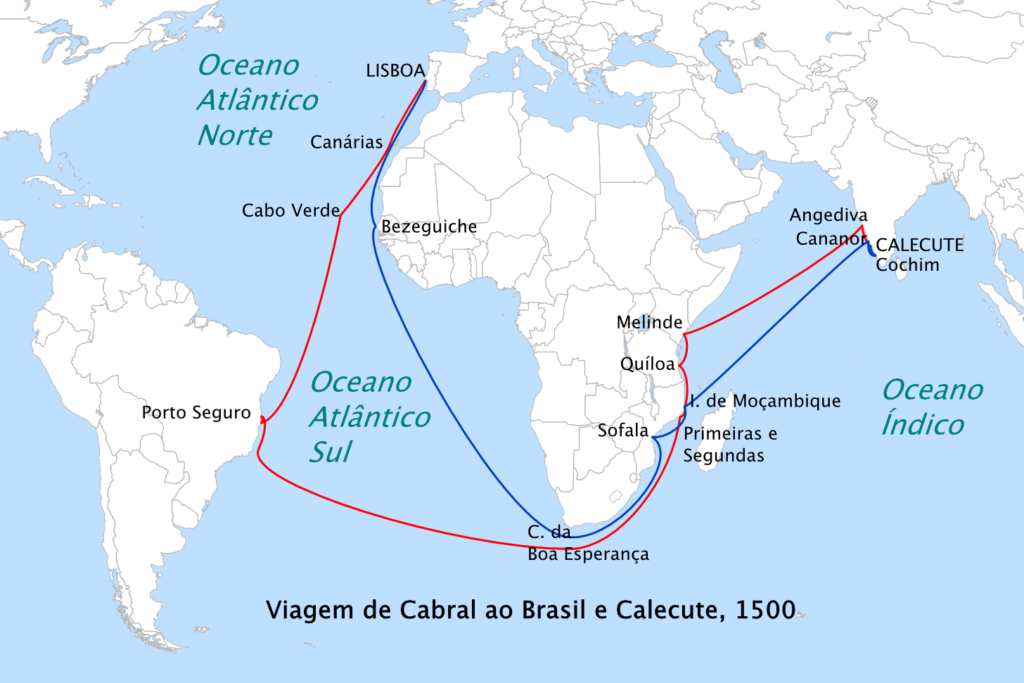
Cabral spent several months preparing, but he was replaced by Vasco da Gama shortly before they were to leave.11 Cabral left the king’s court and retired. He eventually got married and had six children. He lived a quiet life until he died in 1520.
Up to this day, it is not known why Cabral did not go straight to India and instead went westward and discovered Brazil. Some speculations note that several other explorers visited lands very close to Brazil. Still, historians claim that those journeys did not influence Cabral.
Pedro Álvares Cabral route
Before Cabral left on his expedition, he learned from Vasco da Gama that a large island was west of the southern part of the Ocean Sea. To this day, no one knows if Cabral came upon South America deliberately or accidentally. He spotted seaweed in shallow waters on April 21.
The next day, April 22, a Wednesday, Pedro Álvares Cabral made land somewhere on the northeast coast of today’s Brazil. His ships anchored in a place he named Monte Pascoal [Easter Mount] because it was Easter week. He thought he was on a large island.
